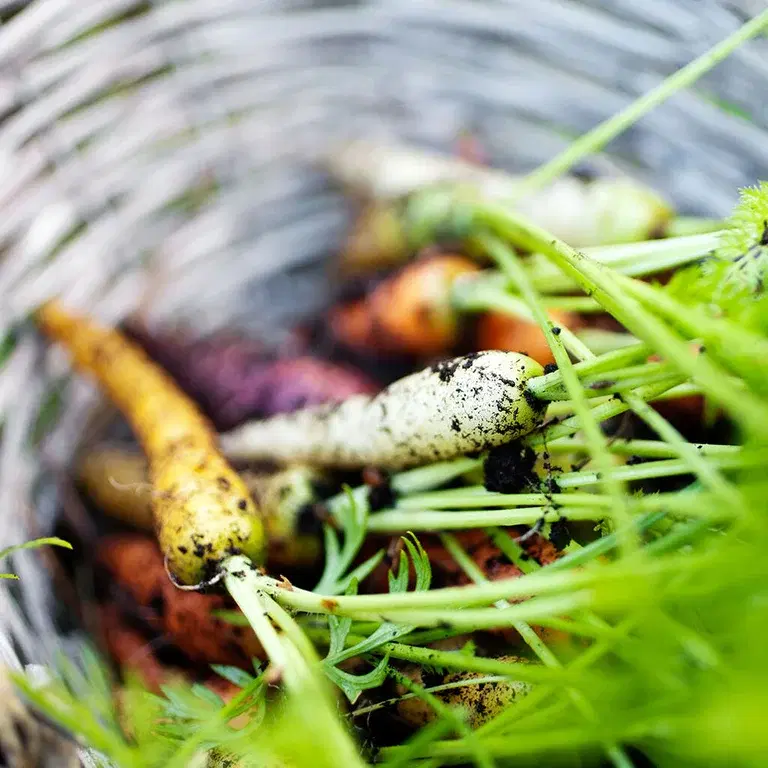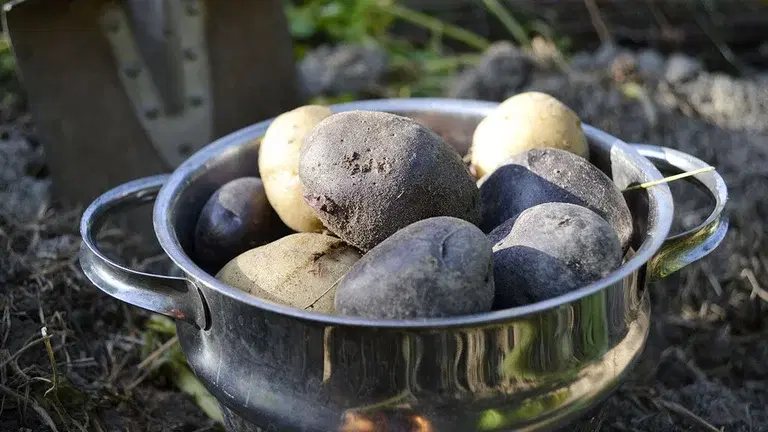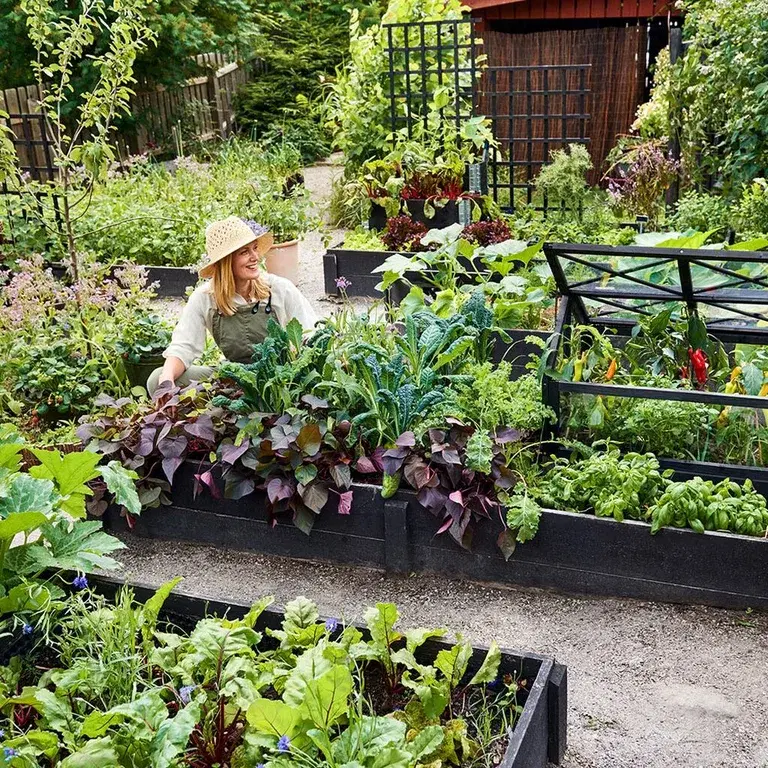4 vegetables worth growing yourself
We know it's fun to garden, and that home-grown vegetables taste amazing—but when food prices soar, you have yet another great reason to start digging. Here are the vegetables you'll save money by growing yourself.

First and foremost, it’s wise to grow vegetables you actually use—and to make good use of your gardening space. Perhaps potatoes, which are relatively cheap in stores, could make room for pricier vegetables, like tomatoes? A garden of about 800 square meters can more or less supply a family of four with vegetables for an entire year. Few people have that much space available, but even if you're growing in a smaller area, you can still save a lot.

1) Tomatoes
Tomatoes are often expensive in stores, yet they're easy to grow yourself. A healthy tomato plant typically produces about 1 kilogram of tomatoes, meaning a family with two children can easily cover their yearly tomato needs with around 40 tomato plants. This will also leave you plenty to freeze for stews, lasagna, and all sorts of delicious tomato-based dishes.
There are three main groups of tomatoes: tall-growing varieties that need support, bush tomatoes, and trailing (ampel) tomatoes, which are bush tomatoes with a cascading growth habit. Bush tomatoes can even be grown indoors year-round with grow lights, providing you with a steady supply of fresh tomatoes. Piennolo tomatoes are fantastic Italian tomatoes that can be stored through the winter months, sometimes costing hundreds per kilo at the store, so growing them yourself can offer significant savings.

2) Chili and paprika
Although you might not use large quantities of peppers and chilies, they tend to be quite expensive to buy. Growing chilies is a fun hobby, and as a home gardener, you get the opportunity to grow many exciting varieties you otherwise wouldn't find. There are mild and sweet types, but also super-hot ones—like the 'Trinidad Scorpion', possibly the hottest chili in the world.
Chili plants take a long time to mature and should ideally be sown early in the year if you want to harvest your own chilies that same season. Grow lights are essential to kickstart your seeds early in the year, and a plant lamp can be beneficial for other uses too, both for growing and revitalizing tired houseplants during winter.
Chili plants can overwinter indoors, providing an early harvest the following year. With a bit of luck, the plants can live for several years. It's easy to become self-sufficient in chili since you can harvest plenty from a single plant, and typically you only need a small amount at a time.

3) Cucumber
Cucumber prices have fluctuated significantly over the years—sometimes they're cheap, other times nearly twice as expensive. After tomatoes, cucumbers might just be our most beloved vegetable. Most cucumber varieties thrive in greenhouses, but there are also outdoor cucumbers that grow well in your garden, trailing (ampel) cucumbers, and self-pollinating varieties ideal for indoor cultivation. If you wish, you can even grow cucumbers indoors year-round, provided you use grow lights.
Under the right conditions, a single cucumber plant can produce as many as 40 to 50 cucumbers. The closely related zucchini (squash) also yields generous harvests and is fantastic as an ingredient in many dishes, such as lasagna and pasta sauces. Various types of winter squash can also be stored for a long time.

4) Lettuce
Lettuce is incredibly easy to grow yourself, both indoors and outdoors. To have a steady supply of fresh lettuce, you can continuously start new plants indoors and then transplant them into beds as you harvest. Spinach is another great option and can easily be frozen. Growing lettuce and leafy greens in various forms, such as the often pricey arugula, can save you quite a bit of money. To extend your harvest into autumn, winter lettuce is an excellent tip.

Swedish garden inspirer, journalist and author of books about nature, cultivation and animals, such as "Soil", "Grow for insects" and "Chickens as a hobby".
Read more:
You are here:













